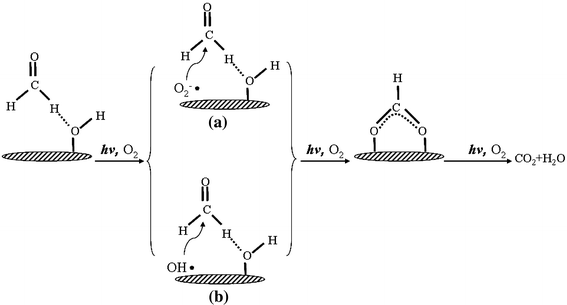For many years formaldehyde has been associated with Sick Building Syndrome. This wide-ranging definition of the situation where occupants of a building experience acute health or comfort-related effects which are linked to their use of a building.
Grouped as one of the volatile organic compounds (VOCs) that are used in the manufacture of household items often found in offices and indoor work environments. Formaldehyde has been linked to emissions from commercial fixtures and fittings, such as carpets and office furniture.
It is most commonly associated with eye and throat irritations as well as headaches and lethargy. Combined with other indicators of poor air quality, such as heightened CO2 levels a build-up of formaldehyde can place staff and visitors at greater risk of SBS and has now been classed as a Class 2 carcinogen.
Formaldehyde has now been defined as a probable carcinogen by the U.S. E.P.A. (Environmental Protection Agency)
A large number of studies have been conducted looking at the use of tio2 as a photocatalyst in the removal of formaldehyde within indoor spaces.
One particular study was carried out by Tetsuro Noguchi, Akira Fujishima, Phillip Sawunyama, and Kazuhito Hashimoto in 1998. The study was called the:
Degradation of Gaseous Formaldehyde Using TiO2 Film
You can read the full study by clicking the link below:
The study considered the potential benefits of tio2 applied as a film to the absorption of gaseous formaldehyde when activated with UV light.
The study found that when the tio2 was active through UV illumination it resulted in a “total mineralization of formaldehyde to CO2 and H2O”.
This decomposition rate was also compared to a standard test reactant (acetaldehyde). Where it was discovered that the absorption provided by tio2 was 2.5 times larger. The study even looked at the effectiveness of tio2 when not operating as a photocatalyst by conducting the experiment in complete darkness. Again tio2 was seen to have a high absorption capacity.
It was concluded that TiO2 serves as both a good adsorbent and a photocatalyst for the elimination of gaseous formaldehyde.
But how is this study relevant to CleanLight?
Firstly the application of tio2 as a film is exactly how the nanomaterial is applied to the underside of our CleanLight panel. CleanLight is dealing with formaldehyde and how it does any VOC or pathogen it comes into contact with. Through the use of the film on every light in an installation, a massive surface area is introduced which is able to continually clean large volumes of air.
However, unlike the light source used in the study, through the use of LED a broader spectrum of light can now be reproduced. So the UV light used in 1998 can not be replaced by the standard LED meaning that CleanLight can be installed anywhere without the risks associated with UV light.




